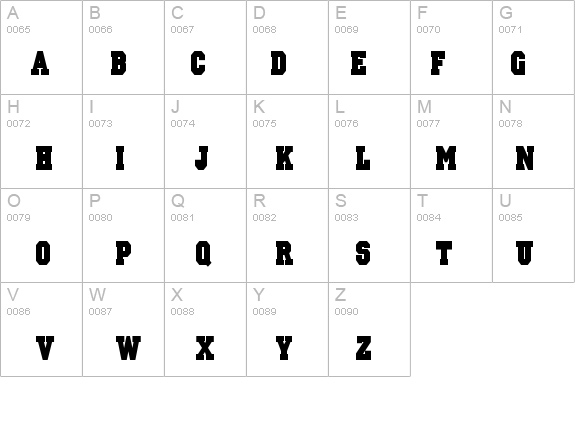

© Daniel Skrok and Interaction Design Foundation, CC BY-SA 3.0 Characteristics of Sans Serif Typefaces: 1 Transitional: Gill Sans, 2 Humanist: Helvetica, 3 Geometric: Futura. Have a high contrast between thick and thin strokesĪre heavy serifs with subtle differences between the stroke weightĪ typeface without serifs is called a sans serif typeface, from the French word “sans” that means "without." Sans serifs can be classified as Transitional, Humanist and Geometric.

Have slanted serifs on lower-case ascenders Have a low contrast between thick and thin strokes © Daniel Skrok and Interaction Design Foundation, CC BY-SA 3.0 Characteristics of Serif Typefaces: 1 Old-Style: Garamond, 2 Transitional: Baskerville, 3 Modern: Bodoni, 4 Slab: Clarendon. Serifs can be classified as Old-Style, Transitional, Modern and Slab. A typeface with serifs is called a serif typeface. © Daniel Skrok and Interaction Design Foundation, CC BY-SA 3.0 SerifĪ serif is a stroke added to the beginning or end of one of the main strokes of a letter.

Type classifications for Serif, Sans Serif, Monospace, Script, and Display typefaces. Let’s take a look at the common classifications for Serif, Sans Serif, Monospace, Script and Display typefaces. Designers in the twentieth- and twenty-first centuries have continued to create new typefaces based on historic characteristics. Historians and critics of typography have since proposed more finely grained schemes that attempt to better capture the diversity of letterforms. These three main groups correspond roughly to the Renaissance, Baroque and Enlightenment periods in art and literature.

Transitional and modern typefaces are more abstract and less organic. Humanist letterforms are closely connected to calligraphy and the movement of the hand. According to Ellen Lupton, author of “Thinking with Type,” type classifications are a basic system for classifying typefaces devised in the nineteenth century, when printers sought to identify a heritage for their own craft analogous to that of art history.


 0 kommentar(er)
0 kommentar(er)
